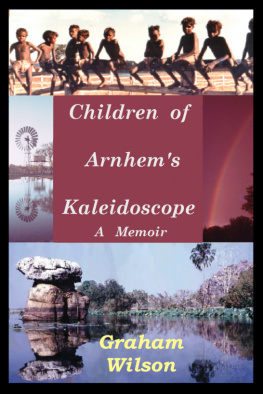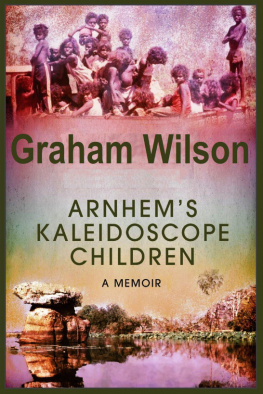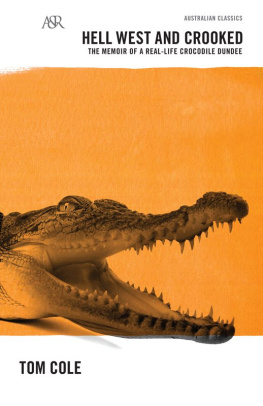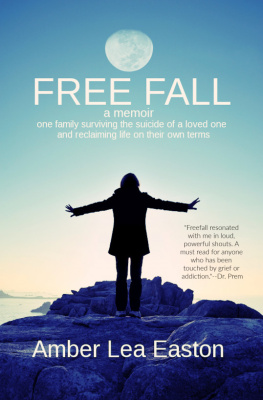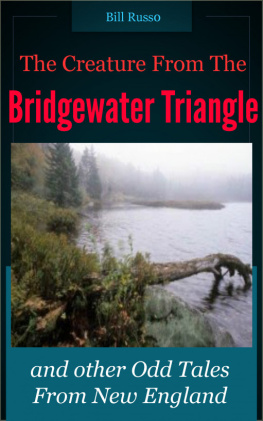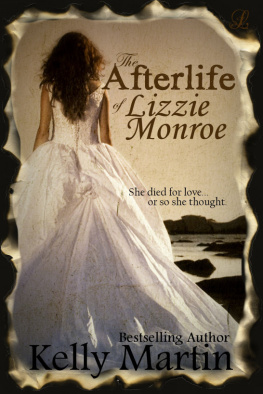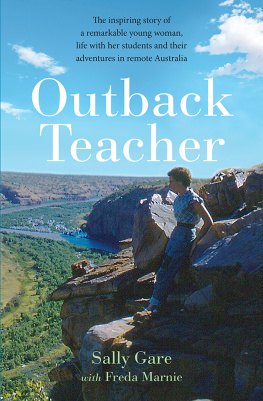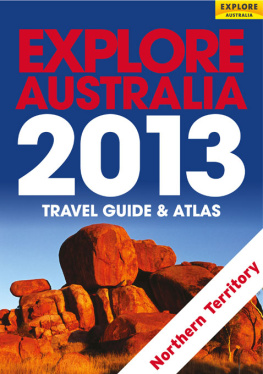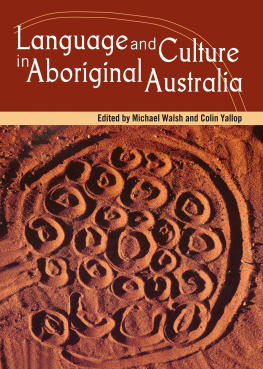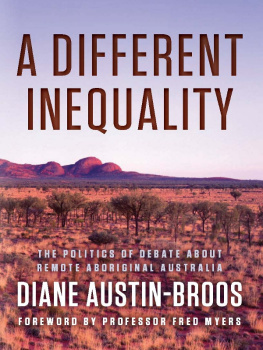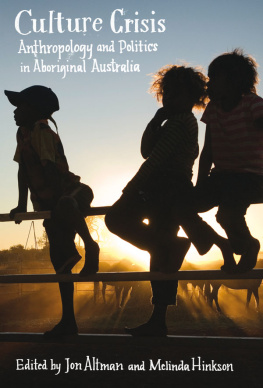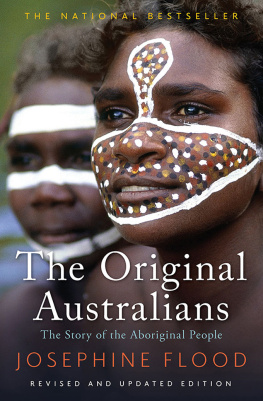Graham Wilson - Children of Arnhems Kaleidoscope
Here you can read online Graham Wilson - Children of Arnhems Kaleidoscope full text of the book (entire story) in english for free. Download pdf and epub, get meaning, cover and reviews about this ebook. year: 2012, publisher: Graham Wilson, genre: Non-fiction. Description of the work, (preface) as well as reviews are available. Best literature library LitArk.com created for fans of good reading and offers a wide selection of genres:
Romance novel
Science fiction
Adventure
Detective
Science
History
Home and family
Prose
Art
Politics
Computer
Non-fiction
Religion
Business
Children
Humor
Choose a favorite category and find really read worthwhile books. Enjoy immersion in the world of imagination, feel the emotions of the characters or learn something new for yourself, make an fascinating discovery.
- Book:Children of Arnhems Kaleidoscope
- Author:
- Publisher:Graham Wilson
- Genre:
- Year:2012
- Rating:4 / 5
- Favourites:Add to favourites
- Your mark:
Children of Arnhems Kaleidoscope: summary, description and annotation
We offer to read an annotation, description, summary or preface (depends on what the author of the book "Children of Arnhems Kaleidoscope" wrote himself). If you haven't found the necessary information about the book — write in the comments, we will try to find it.
It was hot. There was sudden stillness in the late afternoon air and the surface of the small waterhole shone with unnatural smoothness. Fresh pig tracks at water's edge suggested pigs just gone. Two bubbles popped to the surface near the edge of the pool; just decaying vegetation, said my mind. I should have smelt crocodile!
A story of a missionary family in remote aboriginal Australia.
What is it about the Northern Territory that fascinates? I have only to mention its name in conversation and people turn to listen.
Why, for 180 years, has it drawn people from all over to come, stay longer than they imagined and, often, never leave?
This book is a memoir of a family's life in a remote aboriginal community, in Australia's Northern Territory, something the equivalent of remote Canada or Alaska, where few people go.
The place Oenpelli,(now Gunbalanya) is near Kakadu National Park, made famous in Crocodile Dundee.
This story tells of changing world as a missionary family and an aboriginal community become part of modern Australia.
This our family's story, growing amongst the people, animals and places and colours of this this strange land, alongside an aboriginal community going through its own changes; citizenship, alcohol, uranium mining, land rights, outstation development, and community self management.
It is a memoir of growing up in one of the most isolated parts of Australia - in a small aboriginal missionary community in the Northern Territory, something the equivalent of the remote Canada or Alaska. It is the landscape featured in the movie Crocodile Dundee.
It tells of the huge change in this place in the last half century with the coming of land rights and aboriginal self determination. It also tells of my mother and fathers lives and Christian beliefs which motivated their contribution to this change.
It is a story of my memories and love for this remote and beautiful place, in which I lived as a child then worked as an adult and of many NT characters who gave me the memories.It is also the story of me working as an adult across many parts of the NT and about the hardy, outlandish characters that inhabit this place.
It also tells of my own experience of surviving attack by a large crocodile in a remote swamp
It also provides a foundation for my novels in the Crocodile Spirit Dreaming Series. The places in these books are the places in which I lived and worked and many of the stories came little changed from people I knew. In particular my experience in surviving a crocodile attack of a large saltwater crocodile, which mauled my leg as told in this book forms part of the central role of the crocodile as a predator in this novel series.
The role of my father in opening road transport including building a crossing of the East Alligator River, developing outstations for aboriginal communities, learning to fly on missionary wages and establishing an aviation service along with assisting the aboriginal peoples of this land to gain royalties from mining is a story that deserves to be told as a major part of NT history. Along with his tireless work the contribution of many others is also an essential part of the story.
Graham Wilson: author's other books
Who wrote Children of Arnhems Kaleidoscope? Find out the surname, the name of the author of the book and a list of all author's works by series.

